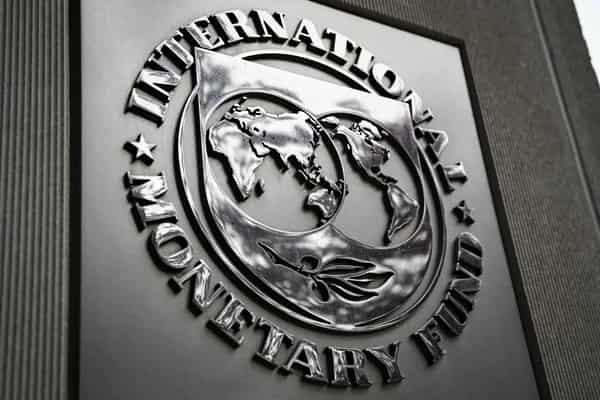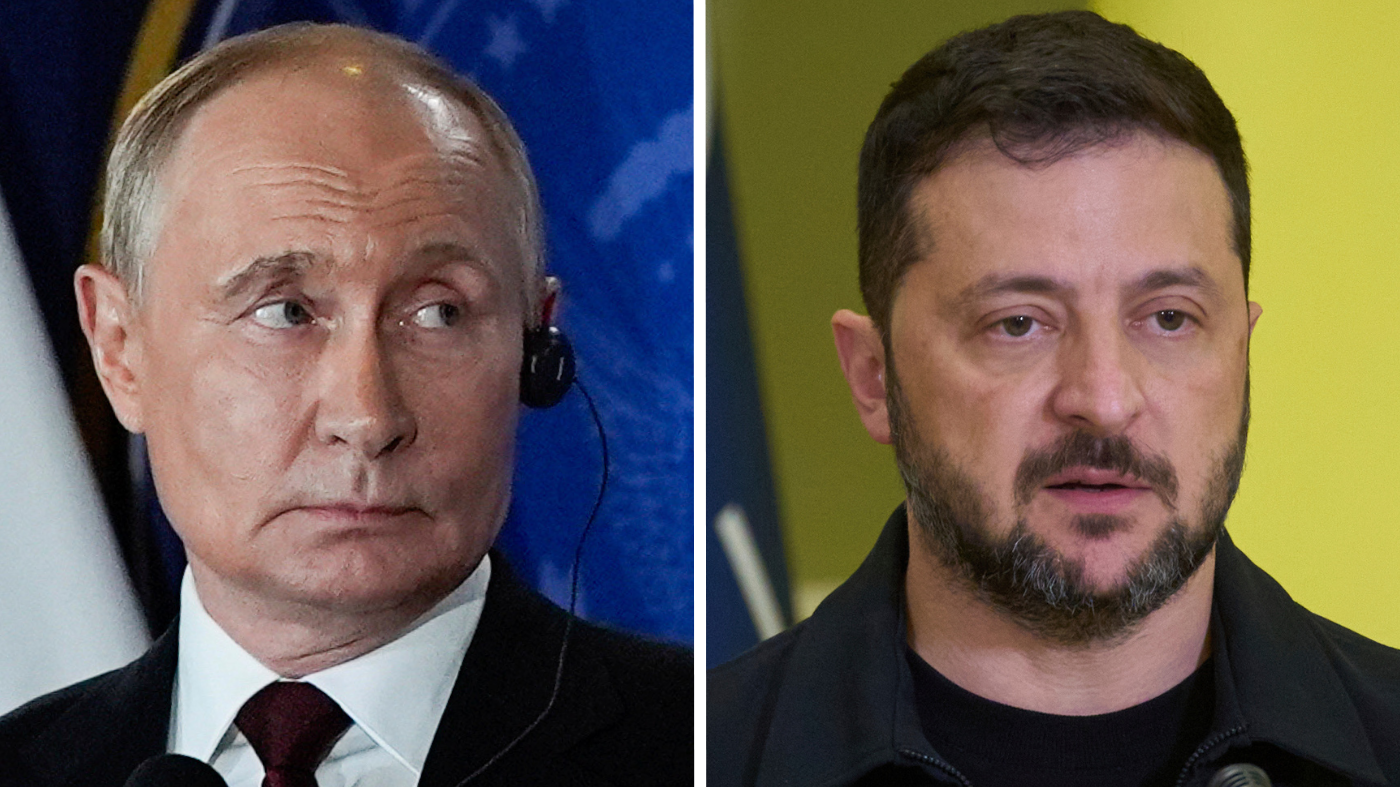Rising uncertainty and higher tariffs will weigh on growth in the eurozone this year, the IMF said Tuesday as it cut its forecast for the bloc’s growth, but the impact will be less than in other regions of the world.
The International Monetary Fund now sees the 20-nation eurozone growing by 0.8 percent this year, down from its 1.0 percent forecast made in January.
“Rising uncertainty and tariffs are key drivers of the subdued growth in 2025” for the eurozone, the IMF wrote in its latest World Economic Outlook report.
Even if US President Donald Trump has recently expressed confidence in reaching a trade deal with the European Union, his administration has already imposed 25 percent tariffs on aluminium, steel and cars produced in the bloc, and 10 percent on its other products.
Eurozone growth had already been expected to be anaemic this year but Trump’s tariff war has weakened the outlook further, according to the IMF.
– Spanish exception –
Germany had been expected to exit two years of recession with tepid growth of 0.3 percent but the IMF now sees the eurozone’s largest economy stagnating this year.
France’s economy is now seen as managing 0.6 percent growth this year, down two tenths of a percentage point from the IMF’s previous forecast.
Italy’s forecast was lowered by three tenths of a point to 0.4 percent.
The IMF also lowered it 2026 eurozone growth forecast to 1.2 percent.
The European Central Bank had similarly concluded that the eurozone faces a worse growth outlook due to trade tensions last week when it cut interest rates again.
The sole exception in the eurozone is Spain, thanks in part to the spending needed to rebuild following severe flooding. The IMF now sees the Spanish economy expanding by 2.5 percent this year.
– Weak inflation –
The unpredictability concerning Trump and his trade policies makes it difficult for analysts and economists to forecast their impact, but the IMF sees the eurozone as likely to be less impacted than other regions.
That is due in part to the eurozone’s growth outlook already being weaker than in other regions.
The IMF lowered its global growth forecast for this year by half a percentage point to 2.8 percent, with sharp cuts to the growth forecasts for the US, Chinese, British, Mexican and Japanese economies as tariffs dampen consumer consumption.
While the IMF sees tariffs causing a jump in consumer prices in the United States it sees little such impact in the eurozone, keeping its inflation forecast unchanged.
“Slower growth, the energy price moves, and euro appreciation all point to lower inflation over the coming year or so” in the eurozone, analysts at HSBC bank wrote in a recent note to clients.
Eurozone inflation slowed to an annual rate of 2.2 percent in March, which helped allow the ECB to cut interest rate last week.
Lower interest rates help spur economic activity and growth.
The European Union putting its countermeasures to Trump’s tariffs on hold while trade talks are underway could also help the eurozone economy avoid a jump in prices.France,
Euro,






